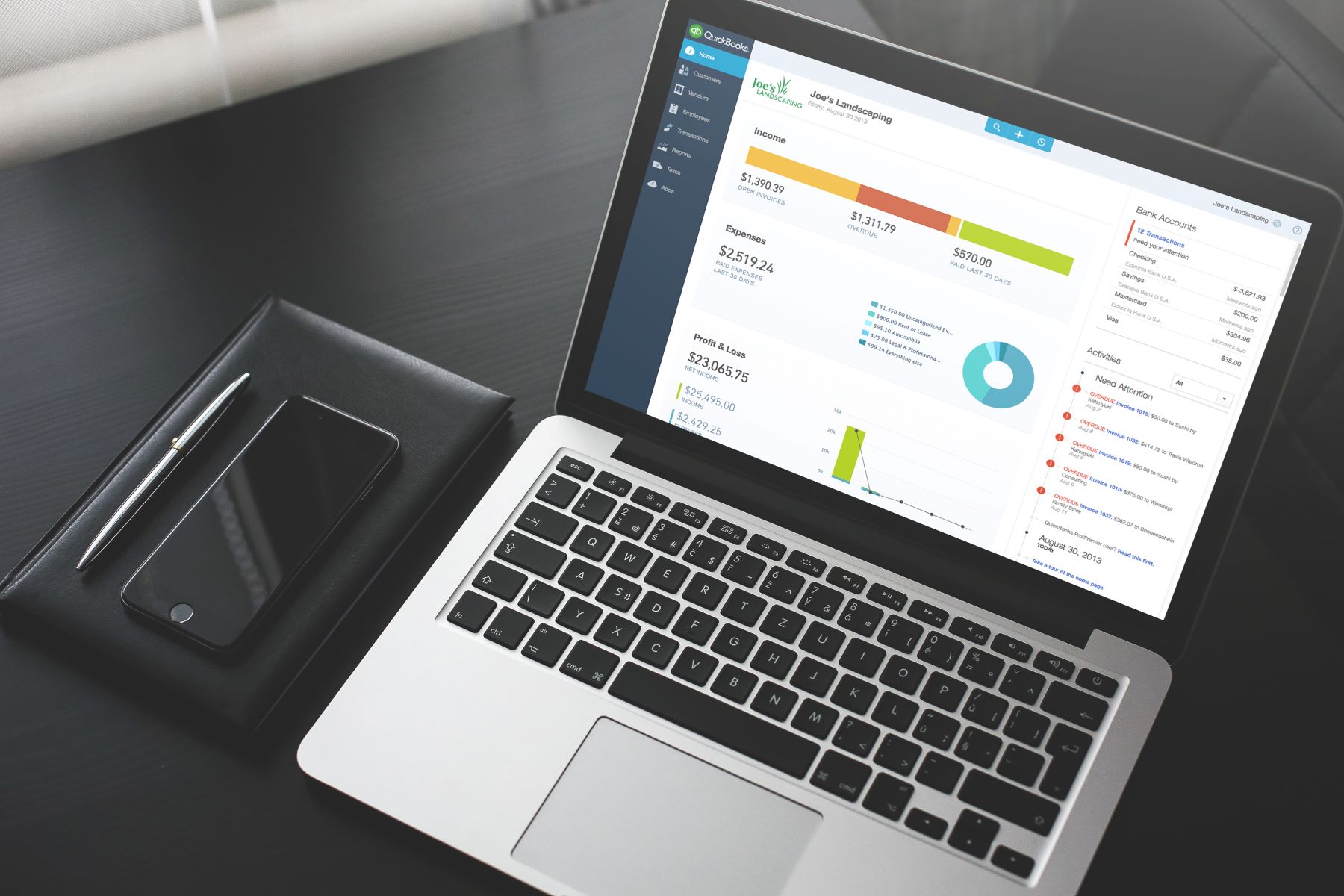

Finance
How Do RV Loans Work?
Published: February 18, 2024
Learn how RV loans work and get the financing you need to hit the road. Explore the ins and outs of RV financing to make your adventure a reality.
(Many of the links in this article redirect to a specific reviewed product. Your purchase of these products through affiliate links helps to generate commission for LiveWell, at no extra cost. Learn more)
Table of Contents
Introduction
So, you’ve caught the travel bug and are considering hitting the open road in your very own recreational vehicle (RV). Whether you dream of exploring national parks, taking cross-country road trips, or simply enjoying the freedom of life on the move, owning an RV can be an exciting prospect. However, the upfront cost of purchasing an RV can be substantial, leading many prospective owners to seek financial assistance through RV loans.
Understanding how RV loans work is crucial for anyone looking to finance their RV purchase. From the various types of RV loans available to the factors that lenders consider when evaluating loan applications, there’s a lot to unpack when it comes to RV financing. In this article, we’ll delve into the world of RV loans, exploring the different types of loans, the process of obtaining an RV loan, and the key considerations to keep in mind. By the end, you’ll have a comprehensive understanding of how RV loans work and be better equipped to make informed decisions when seeking financing for your RV adventures. Let’s hit the road and dive into the exciting world of RV loans!
Understanding RV Loans
RV loans are specialized forms of financing designed to help individuals purchase recreational vehicles. These loans function similarly to auto loans, with the RV itself serving as collateral for the loan. This means that if the borrower defaults on the loan, the lender can repossess the RV to recoup their losses. RV loans typically have fixed interest rates and loan terms ranging from 10 to 15 years, though these terms can vary based on the lender and the borrower’s creditworthiness.
It’s important to note that RV loans differ from personal loans, as personal loans are unsecured and don’t require collateral. RV loans, on the other hand, are secured by the RV being financed, which often results in lower interest rates compared to unsecured loans. Additionally, the interest paid on RV loans may be tax-deductible if the RV is being used as a primary or secondary residence, providing potential financial benefits to borrowers.
When considering an RV loan, it’s essential to understand the loan-to-value (LTV) ratio, which represents the percentage of the RV’s purchase price that the lender is willing to finance. Lenders typically require a down payment, with the LTV ratio determining the amount of financing available. A higher down payment can lower the LTV ratio, potentially leading to more favorable loan terms and interest rates.
Overall, understanding the mechanics of RV loans is crucial for anyone considering financing an RV purchase. By familiarizing yourself with the intricacies of RV loans, you can make informed decisions when exploring financing options and ultimately embark on your RV adventures with confidence.
Types of RV Loans
When it comes to financing an RV purchase, prospective buyers have several options to consider. Understanding the different types of RV loans can help individuals choose the financing solution that best aligns with their needs and financial circumstances. Here are the primary types of RV loans available:
- Traditional RV Loans: These loans are offered by banks, credit unions, and online lenders. They typically have fixed interest rates and loan terms ranging from 10 to 15 years. Borrowers can secure traditional RV loans for new or used RVs, and the RV itself serves as collateral for the loan.
- RV Financing through Dealerships: Many RV dealerships offer financing options to streamline the purchasing process for buyers. While convenient, it’s important for buyers to carefully review the terms and interest rates offered by dealership financing to ensure they are competitive compared to other lenders.
- RV Refinancing: For individuals who already have an RV loan, refinancing can be a viable option to secure more favorable loan terms, such as lower interest rates or extended loan durations. RV refinancing can potentially lead to reduced monthly payments and long-term cost savings.
- Home Equity Loans or Lines of Credit: Homeowners may consider leveraging the equity in their homes to finance an RV purchase. By using a home equity loan or line of credit, individuals can potentially benefit from lower interest rates and tax-deductible interest, depending on their specific financial circumstances.
Each type of RV loan comes with its own set of advantages and considerations. By exploring these options and comparing the terms, interest rates, and eligibility requirements, prospective RV buyers can make informed decisions when selecting the most suitable financing arrangement for their RV adventures.
How to Get an RV Loan
Securing an RV loan involves several key steps, and understanding the process can help individuals navigate the financing journey with confidence. Here’s a comprehensive guide on how to obtain an RV loan:
- Evaluate Your Financial Situation: Start by assessing your financial readiness to take on an RV loan. Consider factors such as your credit score, debt-to-income ratio, and available funds for a down payment. Understanding your financial standing can help you determine the type of RV loan that best suits your circumstances.
- Research Lenders and Loan Options: Explore different lenders, including banks, credit unions, and online lenders, to compare the RV loan options available. Consider factors such as interest rates, loan terms, down payment requirements, and eligibility criteria when evaluating potential lenders.
- Prepare Necessary Documentation: Lenders typically require documentation such as proof of income, employment verification, and personal identification. Gather these documents in advance to streamline the loan application process.
- Submit Your Loan Application: Once you’ve selected a lender, submit your RV loan application. Be prepared to provide details about the RV you intend to purchase, including its make, model, and purchase price. The lender will review your application and assess your creditworthiness to determine loan approval and terms.
- Negotiate Terms and Finalize the Loan: Upon receiving loan offers, carefully review the terms, including the interest rate, loan duration, and any associated fees. If applicable, negotiate with the lender to secure favorable terms that align with your financial goals. Once you’re satisfied with the loan offer, finalize the loan agreement and prepare for the RV purchase.
By following these steps and staying proactive throughout the loan application process, individuals can increase their chances of securing a suitable RV loan that enables them to embark on their RV adventures with confidence. Remember to maintain open communication with the lender and seek clarification on any aspects of the loan agreement that require further explanation.
Factors to Consider When Getting an RV Loan
When pursuing an RV loan, several important factors warrant careful consideration to ensure that the financing arrangement aligns with your financial objectives and lifestyle. Here are key factors to keep in mind when obtaining an RV loan:
- Credit Score and Financial Profile: Your credit score plays a pivotal role in the loan approval process and influences the interest rate offered by lenders. Individuals with higher credit scores typically qualify for more favorable loan terms, including lower interest rates and higher loan amounts. Before applying for an RV loan, review your credit report and address any discrepancies or outstanding debts that could impact your creditworthiness.
- Loan Terms and Interest Rates: Evaluate the loan terms and interest rates offered by different lenders to identify the most competitive options. Consider factors such as the duration of the loan, fixed or variable interest rates, and the potential for interest rate discounts based on autopay or other qualifying criteria. Securing a loan with favorable terms can lead to long-term cost savings and reduced financial strain.
- Down Payment Requirements: Assess the down payment requirements associated with various RV loans. A substantial down payment can lower the loan-to-value (LTV) ratio, potentially resulting in improved loan terms and reduced interest costs. Additionally, a larger down payment demonstrates financial stability to lenders, strengthening your loan application.
- Loan Pre-Approval and Affordability: Consider seeking pre-approval for an RV loan to understand the loan amount you qualify for based on your financial situation. Assess the affordability of the monthly loan payments in relation to your income and existing financial obligations to ensure that the loan aligns with your budget and long-term financial goals.
- Additional Fees and Considerations: Inquire about any associated fees, such as loan origination fees, early repayment penalties, and potential charges for late payments. Understanding the full scope of the loan’s financial implications can help you make informed decisions and avoid unexpected costs throughout the loan term.
By carefully evaluating these factors and conducting thorough research on RV loan options, individuals can approach the financing process with confidence, ultimately securing a loan that supports their RV ownership aspirations while maintaining financial stability.
Conclusion
Embarking on the journey of RV ownership is an exciting prospect, and understanding the ins and outs of RV loans is essential for turning this dream into a reality. As you navigate the world of RV financing, remember that thorough research, financial preparedness, and informed decision-making are key to securing a loan that aligns with your needs and aspirations.
By comprehending the various types of RV loans available, including traditional loans, dealership financing, RV refinancing, and leveraging home equity, you can explore diverse financing avenues to find the most suitable option. Additionally, understanding the factors that lenders consider when evaluating RV loan applications, such as credit scores, loan terms, and down payment requirements, empowers you to present a strong loan application and negotiate favorable terms.
When seeking an RV loan, it’s crucial to approach the process with a clear understanding of your financial standing and objectives. Evaluating your credit score, assessing loan affordability, and comparing loan offers from different lenders can help you make informed decisions that support your long-term financial well-being.
Ultimately, securing an RV loan is a pivotal step toward embracing the freedom and adventure that comes with RV ownership. Whether you’re envisioning cross-country road trips, outdoor adventures, or simply embracing life on the move, an RV loan can pave the way for unforgettable experiences and cherished memories.
As you set your sights on the open road and the boundless opportunities that RV ownership presents, may your journey be filled with excitement, financial prudence, and the fulfillment of your RV aspirations. Here’s to the adventures that await as you embark on the next chapter of your RV odyssey!














